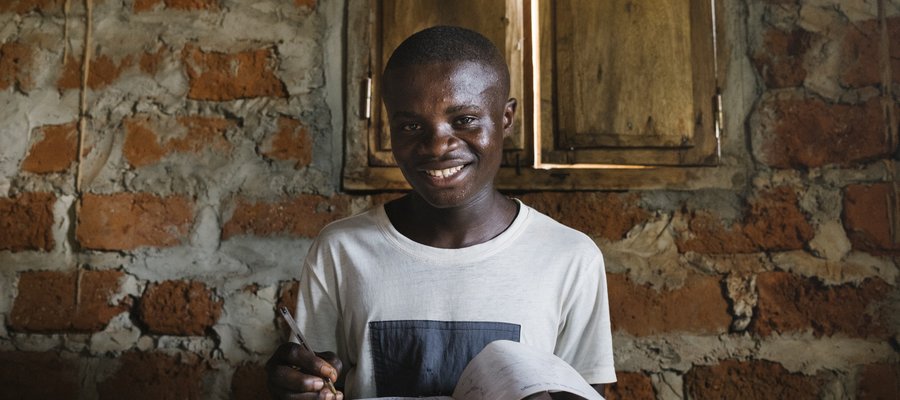Here is how every NTD programme can begin to prioritise inner wellbeing

The Leprosy Mission’s England & Wales office have a new staff member who is responsible for safeguarding and inner wellbeing. What does it mean to formalise inner wellbeing in our work this way and how could you do it too?
We are starting to embed inner wellbeing into the core of all our work
Natasha Matthews is working on both safeguarding and inner wellbeing at TLM. Although this is a relatively new post, Natasha has already begun to embed inner wellbeing through our work.
“One of the first things we’ve done is start work on an inner wellbeing toolkit. I’ve been working on this with our team in India and together we think we can create something that could be translated for contexts across the world.”
The toolkit will enable lay counselling at all levels of our work,
“The idea is that there are people at all levels of our work that might encounter issues with inner wellbeing amongst project clients, staff, and anyone else we interact with. For example, our drivers spend a lot of time with people and develop a lot of natural relationships. If they are trained to notice the signs of people struggling, our toolkit will have empowered them to know how to offer the right words and signpost to places where people can receive the support they need.
“Through the toolkit we will empower people with the right terminology, which can be so important. In many cultures we’re working in, mental health and inner wellbeing are conflated. Inner wellbeing is much more all-encompassing, including spiritual, emotional, and mental health. If you focus on mental health you often end up with more of a medical model of support, which isn’t right for everyone. We also know that the term ‘mental health’ can have some difficult connotations in some of the communities we work in.”
Natasha and the team in India are building this toolkit so that it will not be too constraining; each national or local context will be able to take what has been made and adjust it to suit their needs.
Empowering TLM’s staff to prioritise mental wellbeing
Another area of Natasha’s inner wellbeing work centres on TLM’s established Inner Wellbeing Group, which includes representatives from across our teams. They meet each quarter to discuss topics of importance and share knowledge. A number of the group are taking part in a CMC Mental Health Diploma, which will develop their skills and teach them how to embed inner wellbeing into our programmes.
“I have also been piloting an inner wellbeing training course that will complement the inner wellbeing toolkit. Our team of nurses in Nepal were among the first to receive this training and it really grew their appreciation of depression and anxiety.
“Our team of fundraisers in England & Wales also received this training so that they would be able to offer support if they encountered one of our supporters or colleagues who is struggling.”
What advice does Natasha have for other NTD programmes?
“Having someone in your teams who is responsible for inner wellbeing is really important. I think we are at a point in NTD and development work where we realise that inner wellbeing is not just an add on, it’s central to what we’re doing.
“If you don’t focus on inner wellbeing then you risk doing more harm than good through your projects. A person could go into a project that hasn’t been risk assessed for inner wellbeing and their mental health could be made even worse by it.
“If you haven’t done inner wellbeing work before then I would advise you not to run before you can walk. Inner wellbeing can start with something really simple, like training key staff to support people with things like breathing exercises or mental health walks. You don’t have to over complicate it at the start.
“Another good first step is to do some referral mapping; even if you don’t have the expertise in-house, you can direct people to services where they can receive the right kind of support.